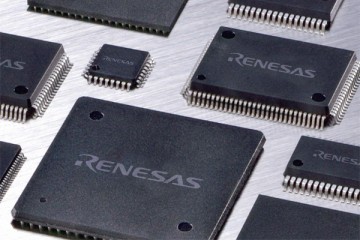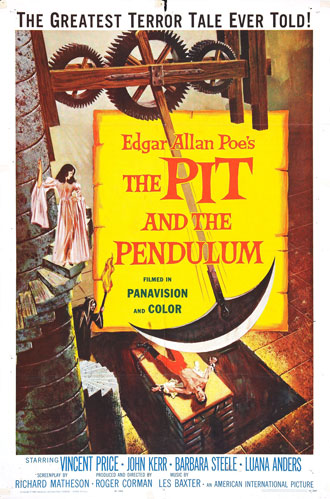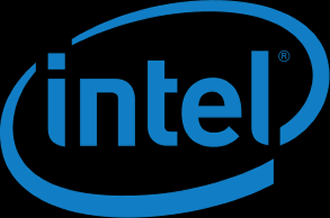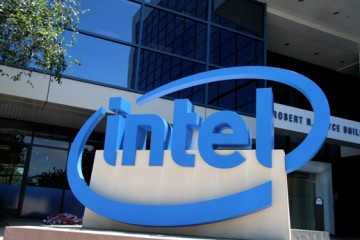 Intel has expanded its Xeon E5 family and giving them higher core counts, the more advanced Haswell-EP architecture, and DDR4.
Intel has expanded its Xeon E5 family and giving them higher core counts, the more advanced Haswell-EP architecture, and DDR4.
The result, at least on paper, turns the E5 into a top of the range server chip and a big leap for the entire Xeon E5 series.
The Xeon E5 v2 chips, based on Ivy Bridge, topped out at 12 cores per socket, however the new cores can manage 18 cores per socket.
What makes the new chips slightly less appealing is that there is an increase in the power draw, the Xeon E5 v2 family ranged from 50W to 150W, whereas the Xeon E5 v3 family will span 55W – 160W in a single workstation configuration.
It is all possible because of the Haswell architecture which doubled certain cache bandwidths and introduced features like AVX2, which offers a theoretical near-doubling of floating point performance.
AVX2 did not turn out as sexy as Intel had hoped because most consumer software does not got a benefit from using it.
But in high performance computing, database processing, and other enterprise tasks it is starting to get noticed. Intel has also provided full support for DDR4. Exactly how much DDR4 you can use per socket will depend on your the clock speed and the restrictions on these systems are fairly tight. DDR4-1866 will only allow two DIMMs per channel.
Other features include integrated USB 3.0 support, a full suite of SATA 6G ports, and up to four 10 GigE ports.
















